Folk Theatre of India: Nautanki
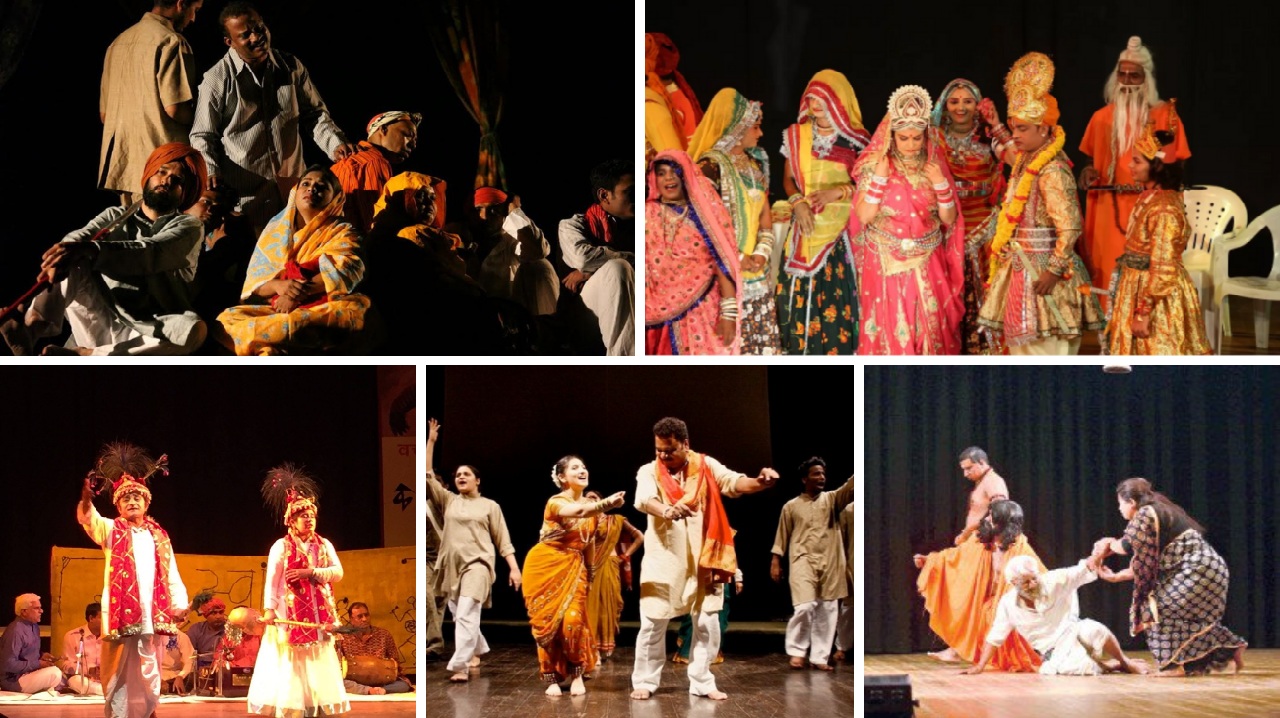
Nautanki is one of South Asia’s most famous folk theatre performances, especially in northern India. Nautanki was the most significant source of entertainment in most of the cities and villages in north India.1 Nautanki’s rich musical compositions and humorous storylines hold a strong influence over rural people’s imagination. Nautanki, also known as svang, originated in the late 19th century in Uttar Pradesh and steadily gained popularity.2 Nautanki’s origins lie in the Saangit, Bhagat, and Swang musical theatre traditions of Northern India. One Saangit called Saangit Rani Nautanki Ka became so popular that the whole genre’s name became Nautanki.1
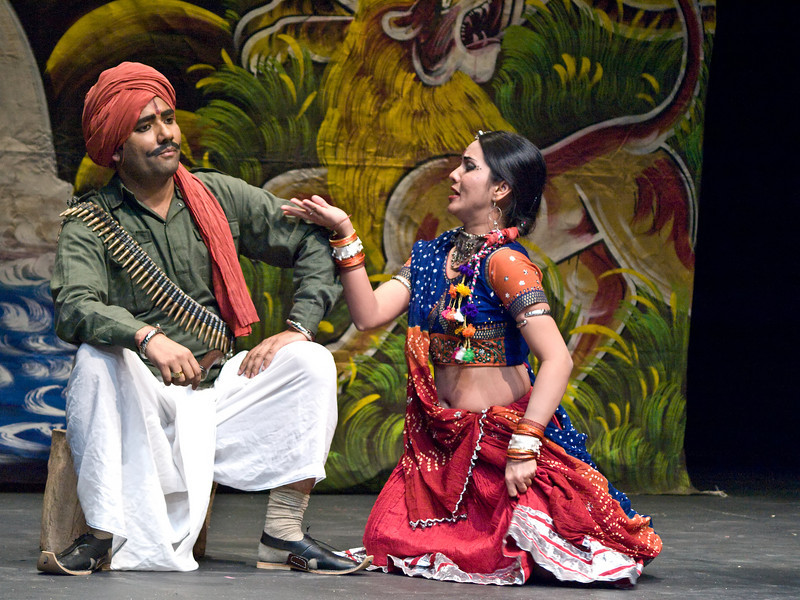
Nautanki performances can be performed anywhere where some space is available that can accommodate a few hundreds or thousands of people. Sometimes this place is made available by village Chaupal or the village community centre.3 Other times the school playgrounds can also be used as a performance site. A Nautanki stage is usually elevated and is made up of wooden cots that the local villagers generally provide. A few decades ago, since there was no electricity in Indian villages, the light was provided either by giant lanterns or Petromax, a device run by kerosene oil. Traditional Nautanki performances usually start late at night and go until dawn the next day without any intermission.4
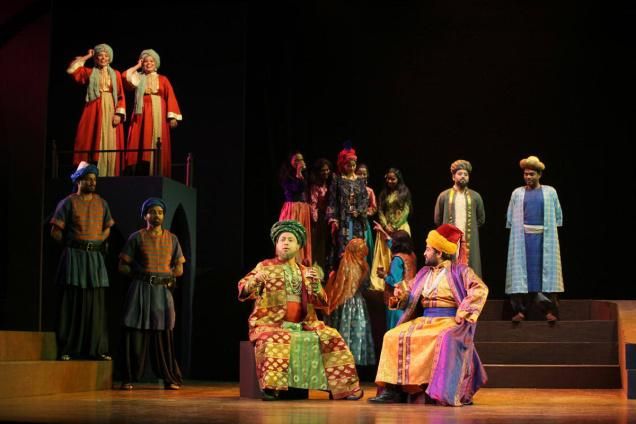
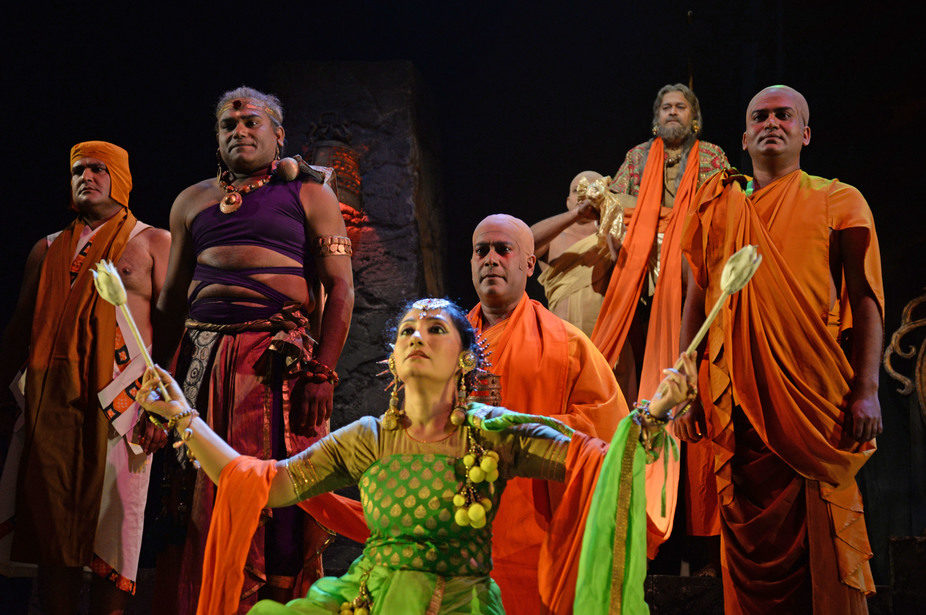
Traditionally storylines of nautanki performances were inspired from folklore or are sometimes based on mythological themes, stories of contemporary heroes etc.3 For example, nautanki plays such as Bhakt Moradhwaj and BSatya-Harishchandra are based on mythological themes, whereas Indal Haran and Puranmal originated from folklore. 2Pandit Ram Dayal Sharma, a renowned Nautanki maestro and Dr Devendra Sharma have co-authored many new Nautankis.2 These recent Nautanki performances focus primarily on social messages such as health, women’s empowerment, dowry etc. These issues generate awareness among the poorer sections of society and create a sense of togetherness. It brings locals together to stand against the atrocities of the community and fight for their rights.
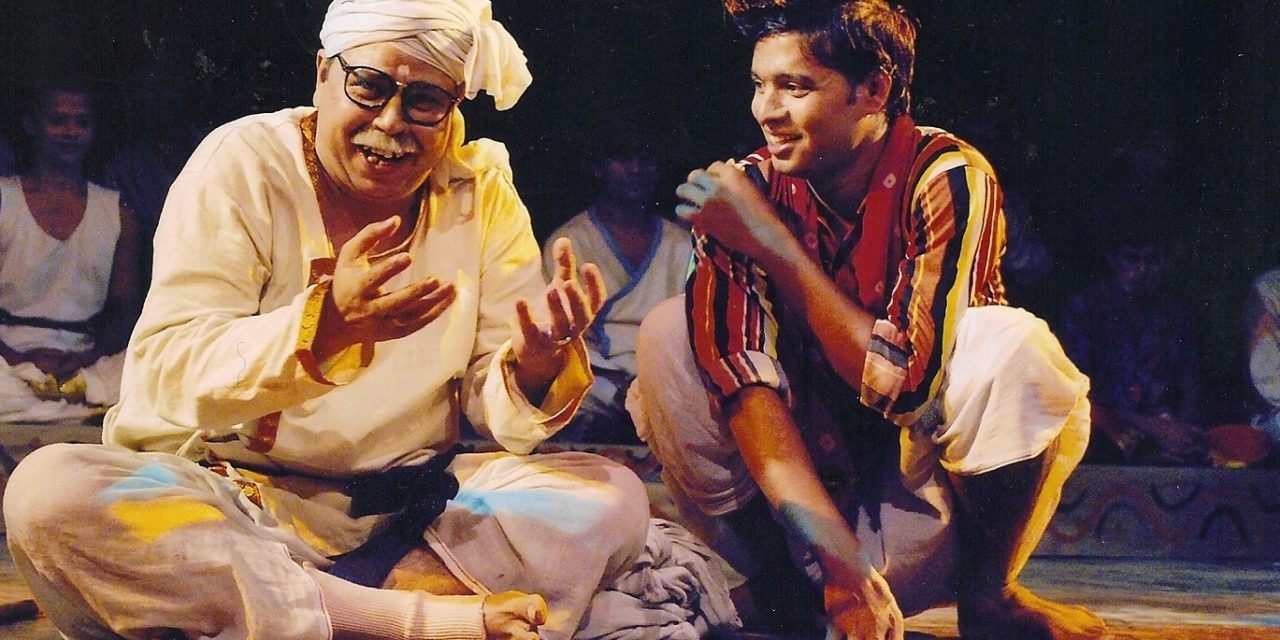
Nautanki was introduced in America by Dr Devendra Sharma, a Nautanki artist, singer, writer and director. The participants in his nautanki performances are usually engineers, doctors, and other Indians living in America, who are given a rare opportunity to connect with their cultural roots.2 At the same time, these performances have exposed other communities in America to Indian culture.
Nautanki has undoubtedly been a valuable part of our hearts and will survive in the future and flourish in multiple contexts to secure a special place in our culture.
_________________________________
Independent Project by Sezal Chug
Guide: Prof. Manohar Khushalani
__________________________________
-
1.devnautanki H. devnautanki. A Brief History of the Nautanki Performance Tradition. http://www.devnautanki.com/about_history.html
-
2.the free encyclopedia W. Nautanki. Wikipedia. https://en.wikipedia.org/wiki/Nautanki
-
3.iwmbuzz T. nautanki-north-indian-folk-theatre. iwmbuzz. https://www.iwmbuzz.com/theater/snippets-theater/nautanki-north-indian-folk-theatre/2019/11/30
-
4.sahapedia S. shades-nautanki-north-indias-operatic-theatre. sahapedia. https://www.sahapedia.org/shades-nautanki-north-indias-operatic-theatre